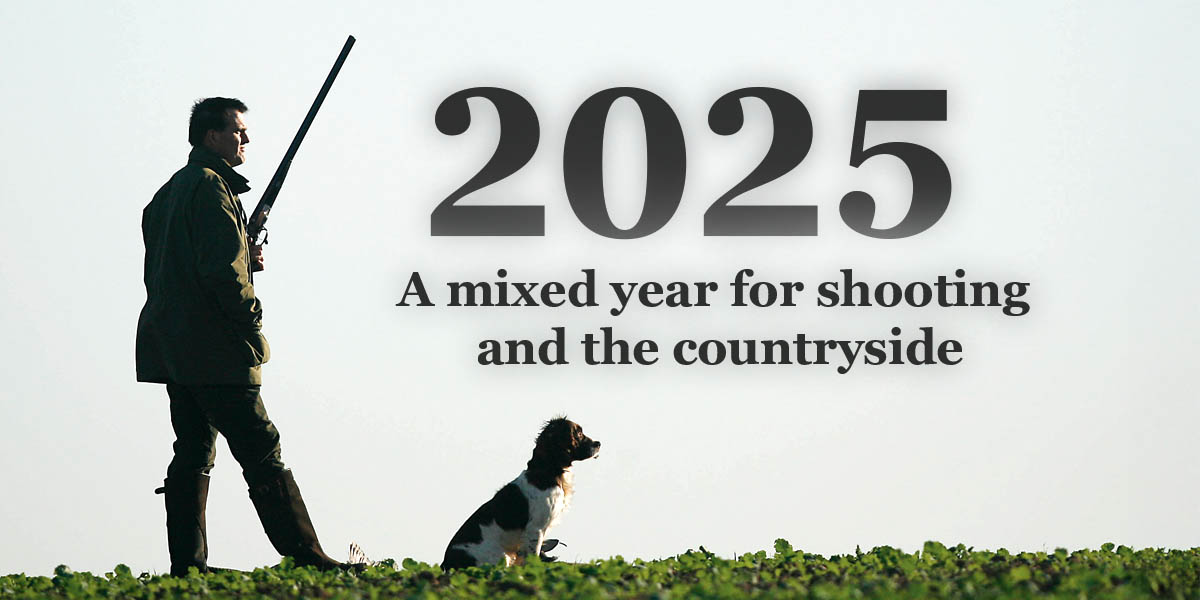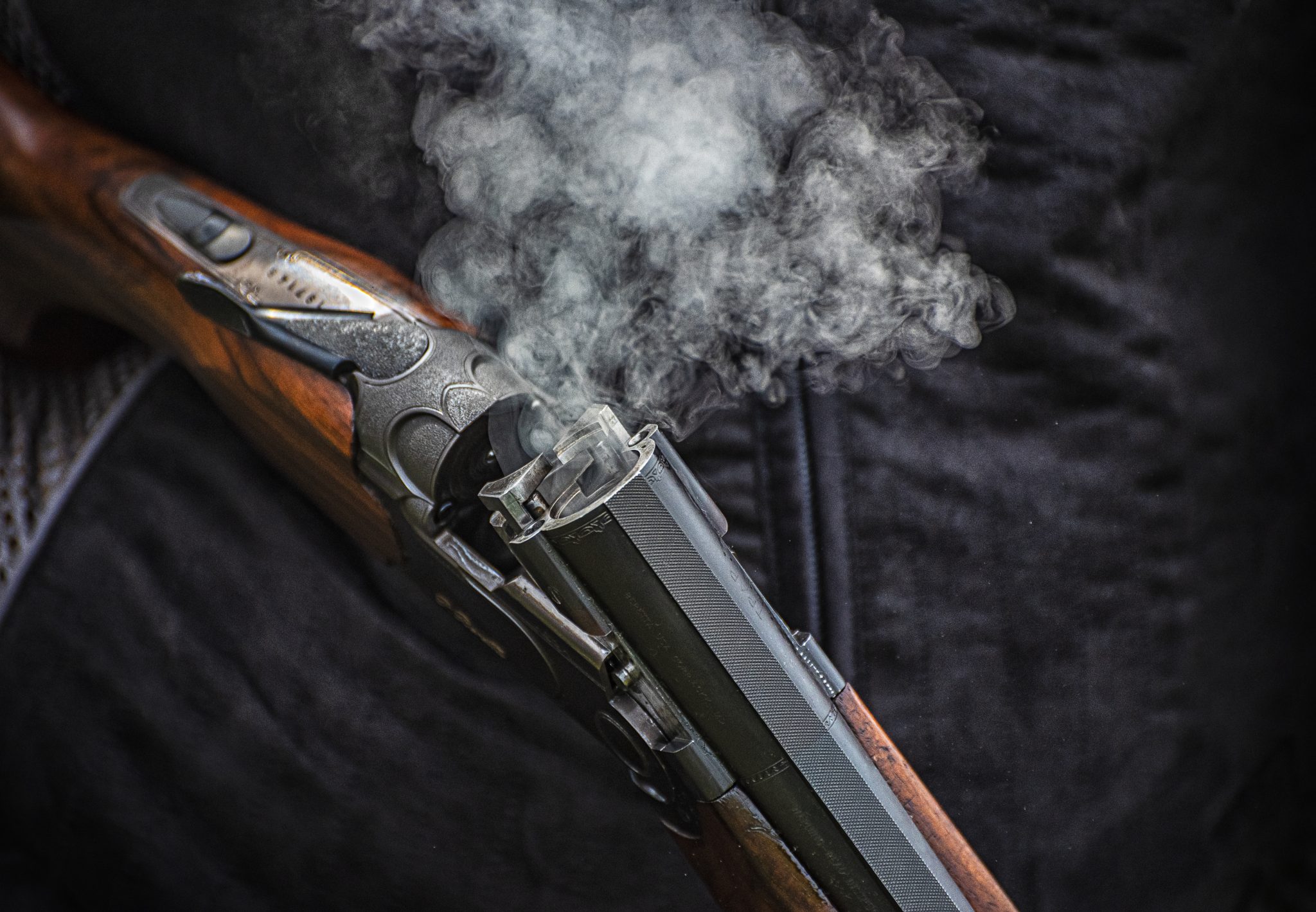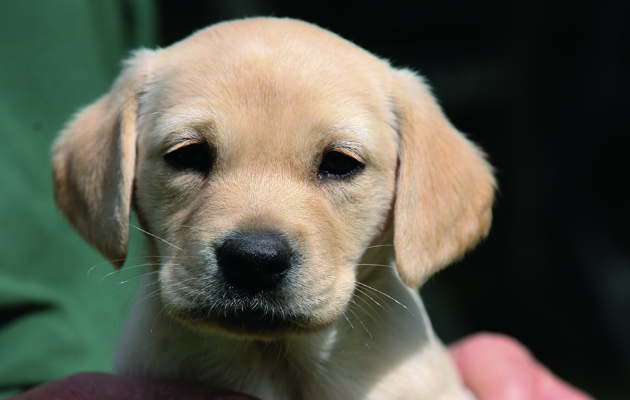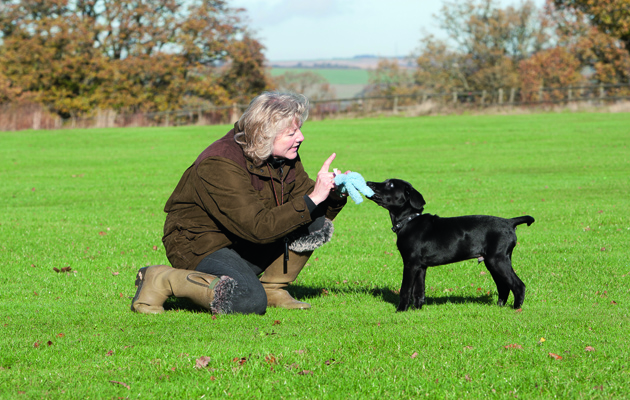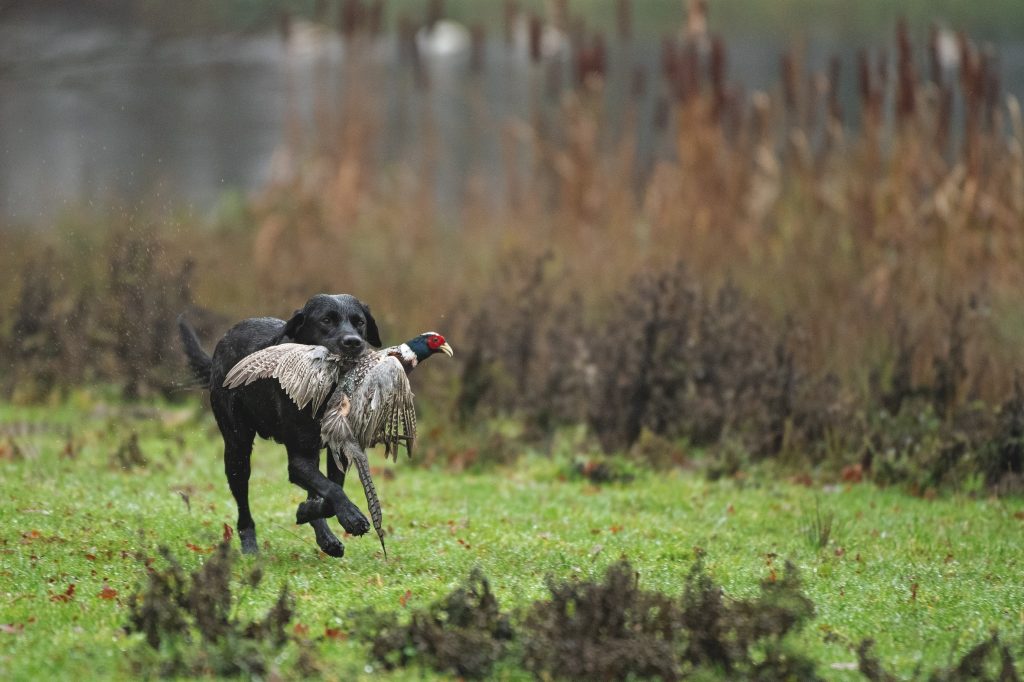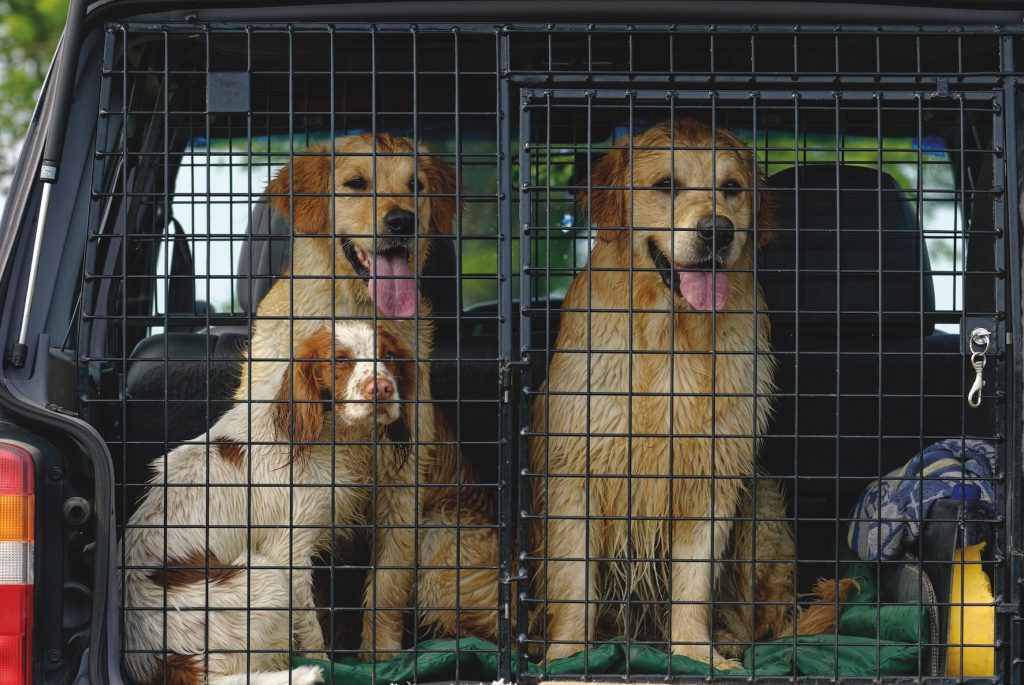Win CENS ProFlex DX5 earplugs worth £1,149 – enter here
How to prepare your home for a puppy
The arrival of a puppy isn’t all that much different than expecting a new baby, reveals Lez Graham
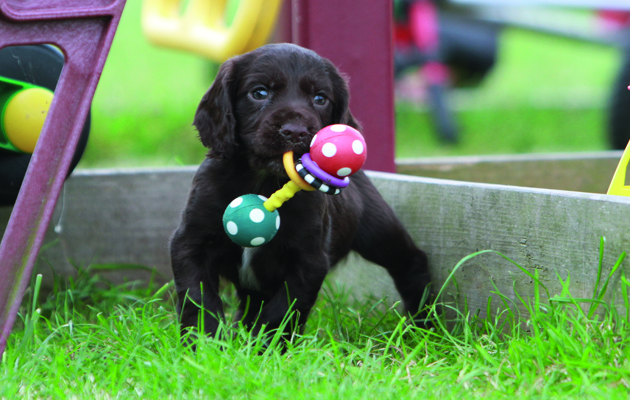 Preparing YourselfÉ. Just like bringing home a new baby, bringing home a puppy is all time-consuming... and a great time-waster.
Preparing YourselfÉ. Just like bringing home a new baby, bringing home a puppy is all time-consuming... and a great time-waster.
So it’s almost time to bring home your puppy, how very exciting, now it’s time to really get organised. There’s quite a few things to do before the big day, mainly preparing your home and garden, preparing your car, and most important of all, preparing you!
Preparing your home
We’ve already decided that pup is going to be living indoors, but where indoors?
Ideally you’ll be looking to crate train your puppy, not only to keep your home safe from your puppy but also to keep your puppy safe from your home.
- If you’re bringing home your puppy now (late spring) or in the summer then you need to look at an area that’s not in direct sunlight, you’ll also need somewhere with access to the outside.
- If you’re bringing home a late autumn or winter puppy, while you still need to take into account the sun, you also need to consider location of radiators — if you need to put your crate near one then turn it right down otherwise your puppy, as in the case of being in direct sunlight, could end up dehydrated.
- The kitchen is generally the ideal place as the puppy can be whisked outdoors when needed and can also be part of the hustle and bustle of family life.
- Pop an old piece of carpet,upside down and place your crate on that; not only will it protect the flooring from the crate but it will make the crate easy to move around.
Preparing yourself
No doubt you’re thinking “of course I’ve prepared myself for my puppy — what’s to prepare?”
- Have you arranged to take time off work, or to have your puppy at work with you? Bringing home a puppy is time-consuming and a great time-waster.
- Have you set aside your evenings? Trust me, you are going to be shattered if not for the first couple of weeks then certainly until you’ve got over the worst of the toilet training.
- Have you thought about the future? I don’t mean holidays and weekends away, although they will certainly change, I mean more about the unspoken contract that we take out with our puppy when we bring them home; that we’ll always do our best by them, walk them every day rain or shine, train them, be there for them, and then, when the time comes, not allow them to suffer unnecessarily because we can’t face what we signed up for. A sobering thought, but something that we need to think about when we bring them home.
The big day of bringing home a new puppy
So the big day is here. Pack kitchen roll and nappy bags in your car and go armed with a big towel and a bottle of water so that if the puppy is a little bit sick you can clean it up without any fuss. See if you can organise a partner or a friend to take you so that you get to handle the puppy all the way home. This is the one and only time that I advocate not having the puppy travel in the crate, so enjoy it!
Whoever is going to own the puppy should handle it and wear no strong smelling deodorant, aftershave or perfumes. By the time you get home with your puppy you want it to smell of you and you to smell of it. You want your scent to be all-encompassing on your puppy in the way that up until now its dam and litter mates have been.
When you get home, sit in the garden for a few minutes to give your puppy a leg stretch and don’t try to feed it immediately – give its tummy a chance to settle from the journey, then take it into the room that it’s going to be living in, certainly for the next couple of days. Beware, if you open up your home to your puppy immediately it’ll get overwhelmed and it will play havoc with toilet training. Aim to keep it in the kitchen only (or the room where its crate is) for two or three days before introducing one room at a time.
The crate
Once you’ve decided where to put the crate it’s time to prepare the crate for puppy.
- Go for a small one initially or a larger one with a central divide you can move as puppy grows. If it’s too large your puppy will bed down in one side and toilet in the other.
- Put a bed in the crate that completely fills it. Vet beds are, I believe, the best at this stage. You can get hold of one quite cheaply if you shop around.
- Cut the vet bed to the size of the adult crate and fold it over to put in your puppy crate, that way you’ll be able to use the bed in the larger crates and the back of your car.
- Invest in a crate bowl or coup cup, which you can attach to the inside of the crate suspended off the floor, that way when your puppy’s having a play the water bowl won’t be toppled.
- The main thing to remember with crate training is if you can’t give your puppy your full attention then he should be in his crate, certainly in the first couple of months.
Toilet training
Late nights and early mornings are going to be the order of the day I’m afraid. Aim to leave your puppy no more than five hours overnight initially, then after a couple of nights add 15-30 minutes so within about two weeks of bringing your puppy home he’ll be dry through the night.
Lift all water out a couple of hours before bedtime during this two week period so that your puppy isn’t ‘refilling his tanks’ before bed, although if it’s very hot then leave a small amount in the crate with them. Common sense is paramount in toilet training.
Train your puppy to go outside straight away — if you use paper indoors, whether that’s newspaper or puppy pads, all you’re doing is teaching your puppy it’s okay to toilet indoors — and you’ll not be able to leave things like books and magazines on the floor as they’ll be an invite for puppy.
Toilet after feeding, playing and upon waking. Learn to read your puppy’s body language so you can see when he needs to toilet, although generally circling is a giveaway that something is about to happen.
Vigilance is key — that and keeping calm — if your puppy has an accident, you need to improve your timing or change your routine.
K.I.S.S.
If you remember to ‘kiss your puppy’ during these early days you won’t go far wrong. Kiss your puppy? Yes — Keep it Short and Simple!
Short training sessions, short sessions out of the crate, short resting sessions (lots and lots of these) and simple training: sit, stand, come and the all-important, No!
Related Articles
Get the latest news delivered direct to your door
Subscribe to Shooting Times & Country
Discover the ultimate companion for field sports enthusiasts with Shooting Times & Country Magazine, the UK’s leading weekly publication that has been at the forefront of shooting culture since 1882. Subscribers gain access to expert tips, comprehensive gear reviews, seasonal advice and a vibrant community of like-minded shooters.
Save on shop price when you subscribe with weekly issues featuring in-depth articles on gundog training, exclusive member offers and access to the digital back issue library. A Shooting Times & Country subscription is more than a magazine, don’t just read about the countryside; immerse yourself in its most authoritative and engaging publication.



